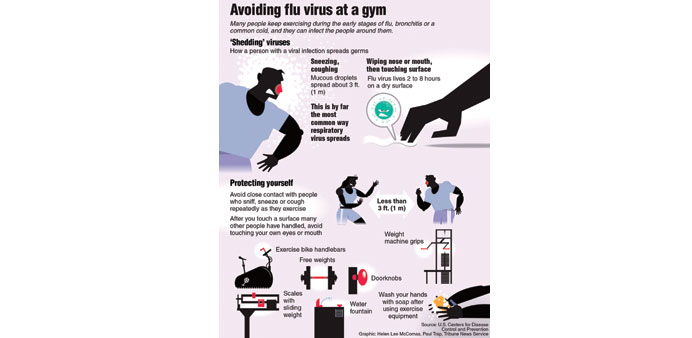Parents who have been sleepwalkers in the past can expect their children to sleepwalk, say researchers. A new study among children born in the Canadian province of Quebec found that more than 60% of children developed sleepwalking when both their parents were sleepwalkers.
Children with one parent who was a sleepwalker had three times the odds of becoming a sleepwalker compared with children whose parents did not sleepwalk.
As per the results, children whose parents both had a history of sleepwalking had seven times the odds of becoming a sleepwalker. “These findings point to a strong genetic influence on sleepwalking and, to a lesser degree, sleep terrors,” said Jacques Montplaisir from the Hopital du Sacre-Coeur de Montreal.
For the study, the team analysed sleep data from a group of 1,940 children. Sleep terrors and sleepwalking were assessed through questionnaires and parental sleepwalking was asked about. Sleepwalking is a common childhood sleep disorder that usually disappears during adolescence, although it can persist or appear in adulthood.
Sleep terrors are another early childhood sleep disorder often characterised by a scream, intense fear and a prolonged period of inconsolability. The authors found an overall childhood prevalence of sleep terrors (ages 1.5 to 13 years) of 56.2%. There was a high prevalence of sleep terrors (34.4%) at 1.5 years of age but that prevalence decreased to 5.3% at age 13.
“This effect may occur through polymorphisms in the genes involved in slow-wave sleep generation or sleep depth,” Montplaisir noted.
The study found that 47.4% of children with one parent who was a sleepwalker developed sleepwalking while 61.5% of children developed sleepwalking when both parents were sleepwalkers. The study appeared online in the journal JAMA Paediatrics. — IANS
Green tea with exercise may reverse Alzheimer’s
A compound found in green tea and voluntary exercise slow the progression of Alzheimer’s disease and may even reverse its effects, a new research has found. According to the researchers, the green tea extract, epigallocatechin-3-gallate (EGCG), which was found effective in mice could lead to advancements in the treatment and prevention of Alzheimer’s in humans too.
“In Alzheimer’s patients, amyloid-beta peptide (A-beta) can accumulate and clump together causing amyloid plaques in the brain,” said Todd Schachtman, professor of psychological sciences in the College of Arts and Science at University of Missouri. Symptoms can include increased memory loss and confusion, agitation and a lack of concern for your environment and surroundings. “We looked at ways of preventing or postponing the onset of the disease which we hope can eventually lead to an improvement of health status and quality of life for the elderly,” Schachtman noted.
The researchers decided to investigate the effects of voluntary exercise and EGCG on memory function and A-beta levels in mice known to show plaque deposits and behaviour deficits.
Researchers administered EGCG in the drinking water of the mice and gave them access to running or exercise wheels.
The researchers found remarkable improvements in the cognitive function and retention in the Alzheimer’s affected mice that were given EGCG and were allowed to exercise.
“Oral administration of the extract, as well as voluntary exercise, improved some of the behavioural manifestations and cognitive impairments of Alzheimer’s,” Grace Sun, professor emerita of biochemistry at MU, noted. The findings appeared in the Journal of Alzheimer’s Disease. — IANS
Depression does lead to fuzzy thinking
If you are depressed and feel that your thinking ability has become “fuzzy” or less sharp, you are right. A new study has shown that the effect is indeed real, adding that this condition falls in the category of mood disorders.
For the study, researchers from the University of Michigan’s medical school and depression centre analysed 612 women.
Over two-thirds of them had experienced either major depression or bipolar disorder. Seen as groups, women with depression or bipolar disorder did equally badly on the test, which required sustained concentration.
The test asked them to react rapidly when certain letters flashed briefly on a screen amid a random sequence of other letters. Compared with the group with no mental health conditions, the groups with either diagnosis lagged noticeably on this standard test of cognitive control.
On the brain scans, the researchers found that the women with depression or bipolar disorder had different levels of activity than healthy women in a particular area of the brain called the right posterior parietal cortex.
In those with depression, the activity in this area was higher than in healthy individuals, while in those with bipolar disorder it was lower.
The area where the differences were seen helps control “executive function” — activities such as working memory, problem solving and reasoning. “The results could transform the way doctors and patients think about, diagnose and treat depression,” said Kelly Ryan, neuropsychologist and lead author of the study. The paper appeared in the journal BRAIN. — IANS



